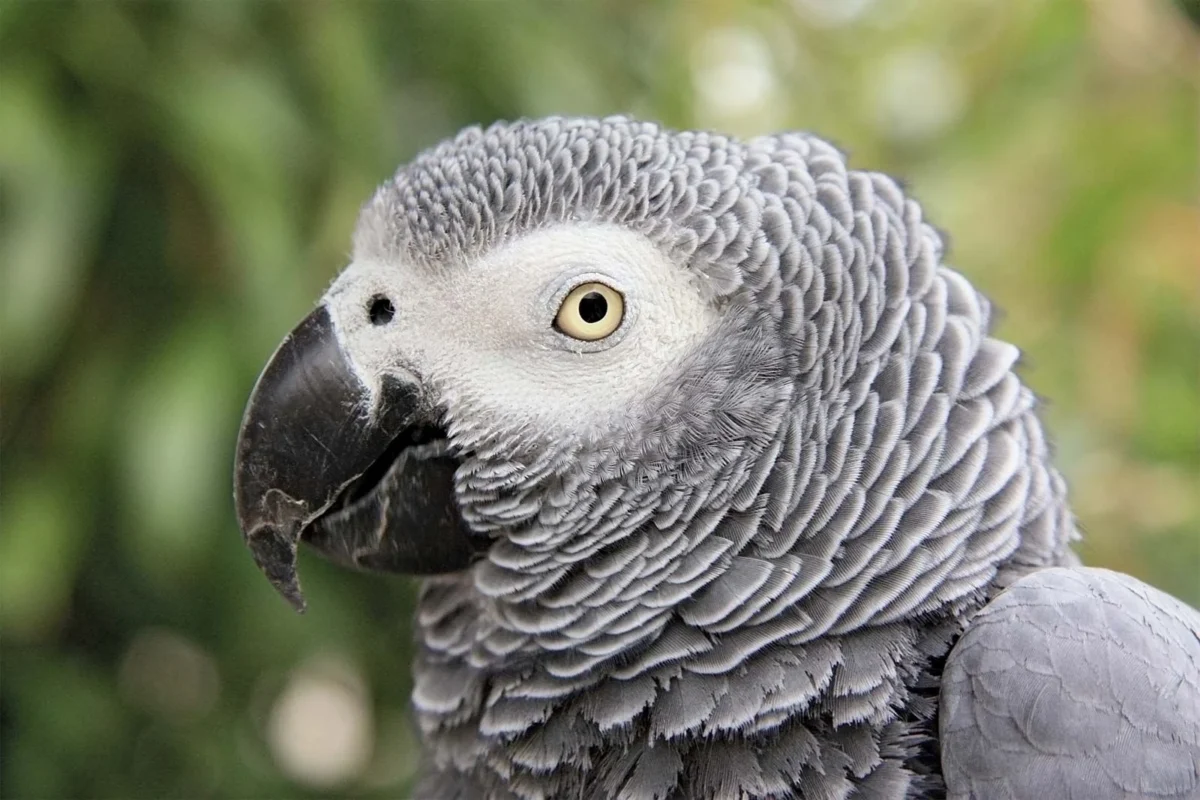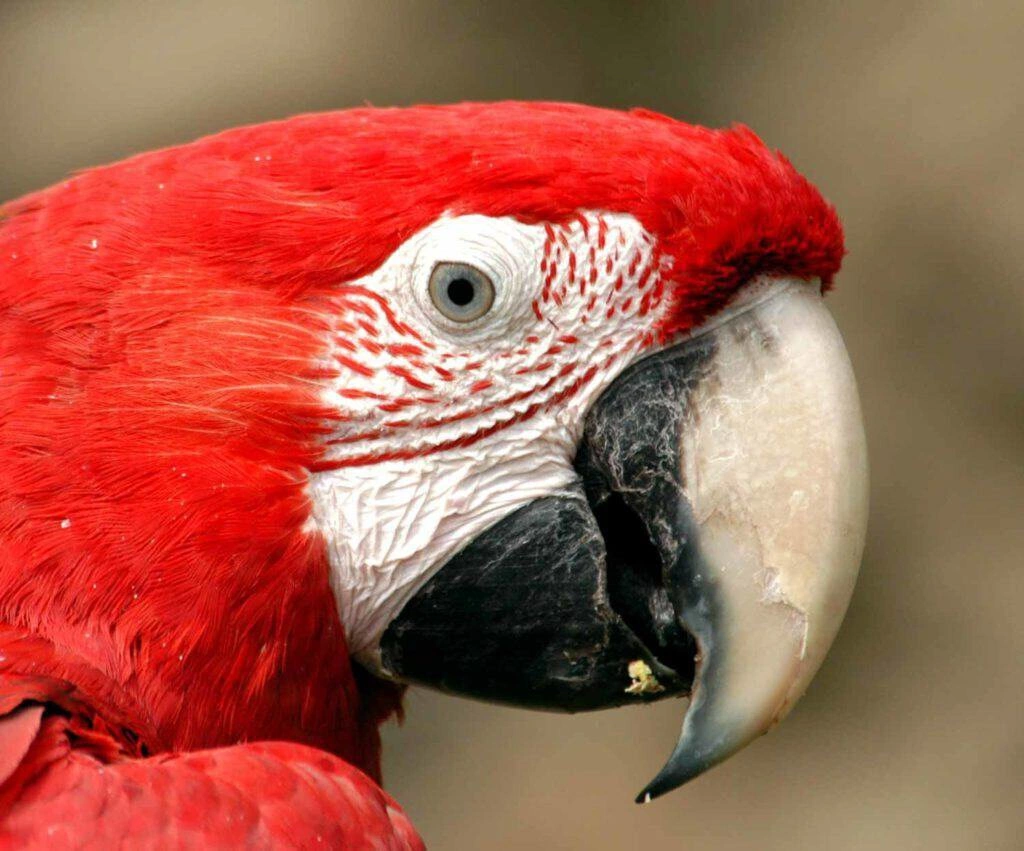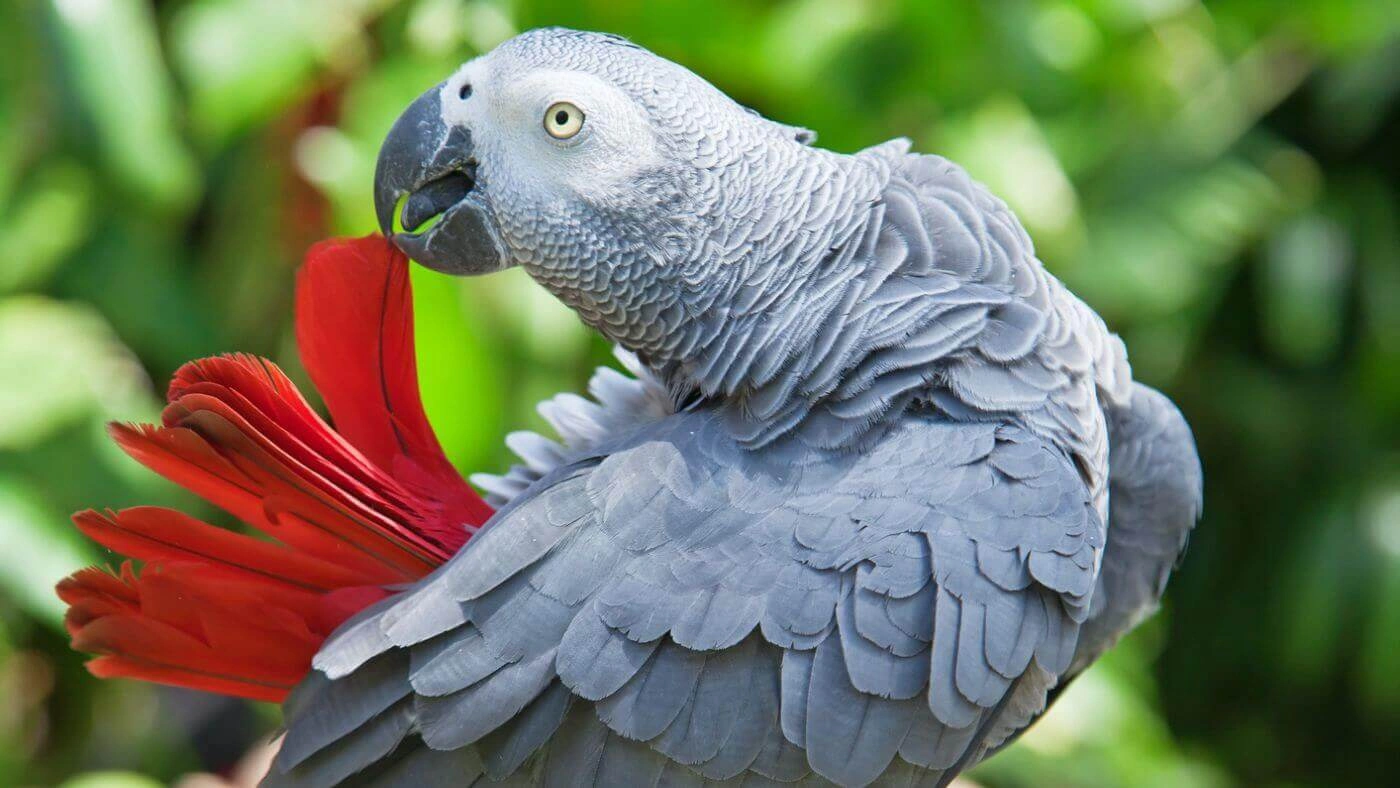Avian Articles, Blogs
Parrot Beaks: A Marvel of Nature’s Design
Did you know parrot beaks come in over 350 different shapes? This amazing variety helps these birds live in many different places. Their beaks are one of nature’s most amazing adaptations.
The design of parrot beaks helps them eat and also plays a big part in how they interact with each other and their environment. For example, some parrots have huge beaks, up to 7.5 inches long, like the Toco Toucan. This shows how their beaks match their diet and where they live.
The beak’s detailed design shows how it has changed over time. It’s perfect for tasks like cracking nuts or picking flowers. Learning about parrot beaks helps us see why these birds are so fascinating.
Key Takeaways
- Parrot beaks show remarkable diversity in shape and size.
- They are adapted to various diets, enhancing survival.
- The structure of the beak plays a vital role in social interactions.
- Unique adaptations aid in finding food across different habitats.
- Understanding parrot anatomy enriches our knowledge of evolution.
The Importance of Parrot Beaks in Nature
Parrot beaks are more than just pretty. They play a big role in nature by helping parrots eat and help their environment. The importance of parrot beaks comes from how they let parrots eat tough seeds and nuts. Research shows that what parrots eat only slightly affects their beak shapes. This means other things, like evolution, also shape their beaks.
Parrots have two jaws that work together to help them eat better. The upper jaw moves on its own, thanks to a special joint, which helps parrots pick up food just right. The lower jaw is shaped like a cup, helping parrots grip and crush their food. This shows how smartly designed their feeding mechanisms are.
Parrots also help plants by spreading seeds, which helps plants grow and reproduce. The link between beak shape and ecosystem health shows how vital parrots are to nature. Studies show that beak shape and skull structure are shaped by their evolutionary history. Without parrot beaks, many forests would have less growth and fewer different plants and animals.
Types of Parrot Beaks and Their Functions
Parrots have different types of parrot beaks that match their eating needs. These beaks are key to their survival. They help parrots eat and live well in their homes. The upper and lower bills work together, letting parrots crack nuts and open hard fruits4. Macaws show how beak functions relate to their diet
Parrots’ beaks grow about 1 to 3 mm each month. This keeps them ready for grooming and eating. They can move their upper beak on its own, which helps with food. Plus, their beaks have nerve endings that help them feel food textures.
Beaks show how parrots have evolved to survive. The many shapes and uses of their beaks help them eat and live. Learning about parrot beaks and what they do shows us how amazing these birds are.
Parrot Beak Anatomy
The parrot beak is a key part of their daily life. It’s vital for eating, talking, and even socializing. By looking into parrot beak anatomy, we see how important these tools are.
Structure and Composition
Parrots’ structure of beaks is made for their eating habits. They have two jaws that work together for food. The upper jaw moves on its own, making it very useful.
The beak’s outer layer is made of keratin and protects it. The inside of the beak also has a special covering. This makes the beak strong and helps it last a long time.
| Structure Component | Function |
|---|---|
| Rhinotheca | Protects and supports the upper beak |
| Gnatotheca | Protects the lower beak |
| Tomium | Aids in breaking down food |
| Choanal papillae | Facilitate feeding and respiratory functions |
| Nerve endings | Provide sensitivity, mainly in the upper beak |
How Beak Shape Influences Diet
The shape and composition of parrot beaks affect how they eat. Long, thin beaks are great for getting nectar from flowers. Broader beaks are perfect for cracking open hard seeds.
Parrots can eat many foods thanks to their beak’s design and how they move it. This helps them find food in their homes, which is important for their survival and success.
Understanding the parrot beak helps us see how these birds live and survive.
Unique Shapes and Sizes of Parrot Beaks
Parrots show a wide variety in their beak shapes and sizes. These differences help them survive and interact with their world. Species like macaws and Amazon parrots show how their beaks let them live in certain places.
Examples of Notable Parrot Species
The hyacinth macaw has a big, strong beak for opening hard coconuts. Lovebirds have smaller, quicker bills for eating seeds. The Amazon parrot has a strong beak for breaking open seeds.
Adaptations for Feeding and Survival
Parrots have special beaks for finding food. The hyacinth macaw’s thick beak is great for coconuts. Grass parakeets have thin beaks for eating small seeds. These beak shapes show how parrots have changed over time to survive.
| Parrot Species | Beak Type | Feeding Adaptation |
|---|---|---|
| Hyacinth Macaw | Large, powerful | Cracking coconuts |
| Amazons | Robust | Dispelling seeds |
| Lovebirds | Small, agile | Handling seeds |
Parrot beaks have evolved to help them find food and adapt to different places. This shows how structure and function work together in nature.
Parrot Beak Health and Nutrition
Keeping your parrot’s beak healthy is key to their well-being. A balanced diet supports their beak and overall health. Checking their diet regularly helps prevent problems and ensures they get the right nutrients. Eating poorly can lead to beak health issues11
Dietary Needs for Optimal Beak Health
For a healthy beak, feed your parrot foods full of vitamins and minerals. Include fresh fruits and veggies to help keep their beak strong and resilient.
- Pulses such as lentils and mung beans
- Seeds like hemp seeds and canary seed
- Healthy oils, including flax or olive oil
- High-quality nuts
Not giving these foods can cause an overgrown beak, making eating hard for your bird. A bad diet can also lead to beak injuries or infections, needing vet care.
Signs of Nutritional Deficiencies
Watch your parrot’s beak closely for signs of nutritional problems. Look out for:
- Weak or brittle beaks
- Discoloration showing bruising or infection
- Beaks that are shaped or growing oddly
If you see these signs, check your parrot’s diet and talk to a vet for advice. Regular vet visits can spot problems early.
Parrot Beak Care and Maintenance
Looking after your parrot’s beak is key to their health and happiness. It’s important to have daily routines for beak care. Offer chew toys and natural branches for your parrot to chew on. This helps keep their beaks in good shape.
Beaks can grow too long if your parrot eats the wrong foods, gets sick, gets hurt, or has liver problems. Parrots in homes might have a higher chance of this since they don’t use their beaks as much as wild ones. Keep an eye on your parrot’s beak for any odd colors or peeling to catch problems early.
Daily Care Routines
Every day, focus on keeping your parrot’s beak healthy. Give them hard foods like seeds and nuts, and chew toys to stop malnutrition and other health issues. Use conditioning perches for cleaning and hide treats in wooden toys to make them exercise their beaks. Playing with your parrot also helps keep their beak the right size and shape.
Understanding Beak Trimming and Its Importance
Sometimes, you might need to trim your parrot’s beak if it doesn’t wear down on its own. This should be done carefully to avoid hurting your bird. Beak trimming is important because overgrown beaks can make eating, drinking, and playing hard for your parrot. Always talk to an avian vet for trimming to keep your parrot’s beak healthy and working right. Taking good care of your parrot’s beak is key to their overall health.
Common Parrot Beak Problems
It’s important for parrot owners to know about common beak issues. These problems can really impact your parrot’s health and happiness. Issues like overgrowth, cracks, and discoloration can make eating and climbing hard. Spotting these problems early helps you take action fast.
Identifying and Preventing Beak Issues
Watch your parrot’s beak for any odd signs. You might see:
- Holes or pitting
- Peeling or flaking
- Discoloration
- Softening
- Cracks
- Pieces breaking off
- Abnormal shapes
- Masses or growths
Spotting these signs early means you can fix them quickly. Keeping an eye on your parrot’s beak is key. Nutrient shortages can cause beak discoloration or soft spots, so watch out for these. Giving your parrot the right food and chew toys can stop beak overgrowth.
When to Consult a Veterinarian
If you see big changes in your parrot’s beak, like weird growths or serious discoloration, see a vet. Beak issues like misalignment and soft spots that turn into holes are serious. Regular vet visits can catch problems before they get worse. Talking with a vet about your parrot’s environment and diet is key to figuring out beak problems.
Understanding Parrot Beaks in the Context of Evolution
Parrot beaks have amazing evolutionary advantages thanks to their special diets. This shows how form and function work together in birds. The different types of parrot beaks come from their unique eating habits. For example, what they eat makes up only 2.4% of their beak shape differences (10).
Evolutionary Advantages of Different Beak Types
The beak adaptations in parrots show how nature makes things work best for survival. Studies say that evolution and body size explain a lot of the beak and skull shapes. In parrots, sizes range from 12.1g to 2000g, showing a wide range of adaptations (10).
This variety lets them use different feeding strategies. This helps them survive in many environments.
Beak Adaptations Across Bird Species
When we compare parrot beaks with other birds, we see how they adapt for specific diets. Hummingbirds have long, thin beaks for getting nectar, while parrots have strong, curved beaks for opening seeds. Research shows that up to 41.0% of beak shape differences can be explained by one main factor, with others adding more detail (10).
Harvard studies found that the same growth processes can create different beak shapes. This shows how the environment affects evolution (10).
Parrot Beaks – Nature’s Unique Design
Parrot beaks are more than just body parts. They play a big role in how parrots communicate, groom, and have fun. These actions help parrots connect with each other and live together well. The special design of each parrot’s beak affects how they eat and talk, which is important for finding a mate and defending their territory. Beaks help parrots show feelings and make friends.
The Role of Beaks in Social Interactions
In parrot groups, beaks help set up who’s in charge and how birds talk to each other. Birds often groom each other, showing how beaks help strengthen friendships. The way a parrot’s beak looks also affects how it makes sounds, which is key for talking to others.
Cultural Significance in Human Perception
Humans really admire parrot beaks, putting them in art and stories. Their bright colors and unique shapes grab our attention. This makes people want parrots as pets. Looking at these amazing birds, we see how much we value their beautiful beaks.
Final Thoughts
Learning about parrot beaks is key to understanding their special designs and their important roles in nature and parrot care. Beaks are more than just pretty; they are crucial for eating, socializing, and finding a mate. They show how different parrot species have adapted to live in various places.
For those who care for parrots, knowing how to keep their beaks healthy is vital. This means feeding them a balanced diet and watching for any signs of poor nutrition or odd behavior. Keeping your parrot’s environment healthy helps them stay happy and lively.
Understanding the role of beaks can change how you care for parrots. Learning about their anatomy, health, and how the environment affects them helps you make better choices for their care. By studying and appreciating parrot beaks, we learn more about birds and how to protect them.



